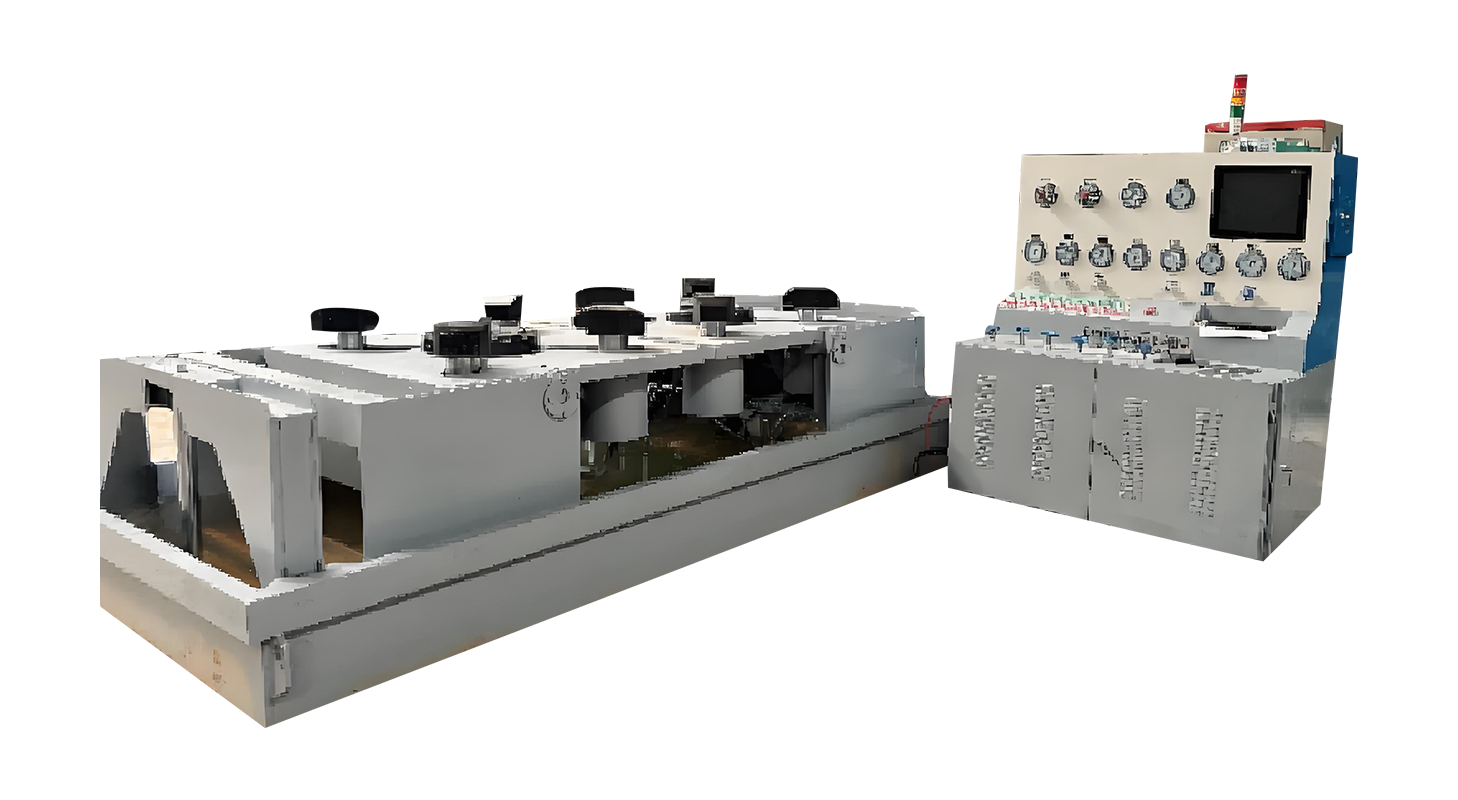Jun 25, 2025
Valve testing plays a crucial role in ensuring the reliability and safety of fluid control systems across various industries. Among the equipment designed for this purpose, the universal valve test bench stands out for its versatility and adaptability. This article will explore the capabilities of universal valve test benches, highlighting their functions and how specialized equipment such as pneumatic valve test benches and valve seat test benches complements overall valve testing processes.

A universal valve test bench is designed to accommodate a wide range of valve types and sizes, allowing for multiple testing procedures within a single platform. This flexibility reduces the need for multiple specialized machines, making it an efficient solution for manufacturing facilities, repair shops, and quality control departments. The universal design enables testing of valves under different operating conditions, including pressure, leakage, and functional performance.
One key advantage of a universal valve test bench is its ability to support different testing methods, such as hydrostatic testing, pneumatic testing, and functional testing. Hydrostatic tests involve pressurizing the valve with water or another liquid to check for leaks and structural integrity. Pneumatic testing, on the other hand, uses air or gas to detect leaks and verify the sealing capabilities of the valve. The universal valve test bench can be configured to perform these tests by incorporating appropriate pressure sources, sensors, and control systems.
Speaking of pneumatic testing, the pneumatic valve test bench is a specialized type of equipment dedicated to testing valves using compressed air or other gases. This type of test bench is particularly useful for valves that operate in gas environments or pneumatic control systems. Pneumatic valve test benches can accurately measure leakage rates, seat tightness, and actuator performance by applying controlled air pressure to the valve and monitoring response variables. Due to the compressibility of gases, pneumatic tests often require precise instrumentation and safety measures to avoid sudden pressure changes.
In addition to general leakage and pressure tests, valve seat testing is a critical aspect of valve quality assurance. The valve seat is the surface against which the valve closes to prevent fluid flow. Any imperfections or wear in the seat can advance to leaks, reduced efficiency, and potential system failures. A valve seat test bench is designed specifically to evaluate the integrity and sealing capacity of valve seats under various pressure conditions. This equipment uses high-precision sensors to detect leakage at the seat and can simulate real operational stresses to ensure reliable sealing performance.
Valve seat test benches often incorporate advanced diagnostic tools to assess the seat condition in detail. These may include ultrasonic sensors, pressure decay measurements, and flow meters. By combining these technologies, the test bench can provide a comprehensive evaluation of the valve’s sealing surface and its suitability for service.
When integrated into a universal valve test bench setup, the capabilities of pneumatic valve test benches and valve seat test benches enhance the overall testing process. The universal system can switch between pneumatic and hydraulic testing modes as required, while also performing seat integrity checks. This multifunctional approach reduces downtime and allows for thorough inspection without moving valves between different test stations.
Another important aspect of universal valve test benches is their automation potential. Modern test benches can be equipped with programmable logic controllers (PLCs), data acquisition systems, and user-friendly interfaces. Automation not only improves testing accuracy and repeatability but also enhances operator safety by less manual intervention. Test programs can be customized to suit specific valve designs and testing standards, ensuring consistent quality control.
In terms of construction, universal valve test benches are typically built with robust frames and components to withstand high pressures and repeated use. Materials resistant to corrosion and wear extend the service life of the test bench and reduce maintenance costs. Additionally, modular designs enable upgrades and expansions, allowing manufacturers to adapt to new valve types or testing requirements over time.
Safety remains a paramount concern during valve testing, especially when working with high pressures or compressed gases. Universal valve test benches include multiple safety features such as pressure relief valves, emergency stop buttons, and protective enclosures to safeguard operators and equipment. Pneumatic valve test benches, in particular, require careful design to manage the rapid changes in air pressure and avoid hazards.
In conclusion, universal valve test benches offer comprehensive solutions for valve testing needs across industries. Their ability to perform multiple testing procedures, including pneumatic testing and valve seat inspection, makes them valuable tools in quality assurance and maintenance programs. By integrating specialized equipment like pneumatic valve test benches and valve seat test benches into a unified system, organizations can streamline their testing processes, improve accuracy, and enhance safety. As valve technologies evolve, universal test benches will continue to adapt, providing flexible and reliable platforms for ensuring valve performance and reliability.